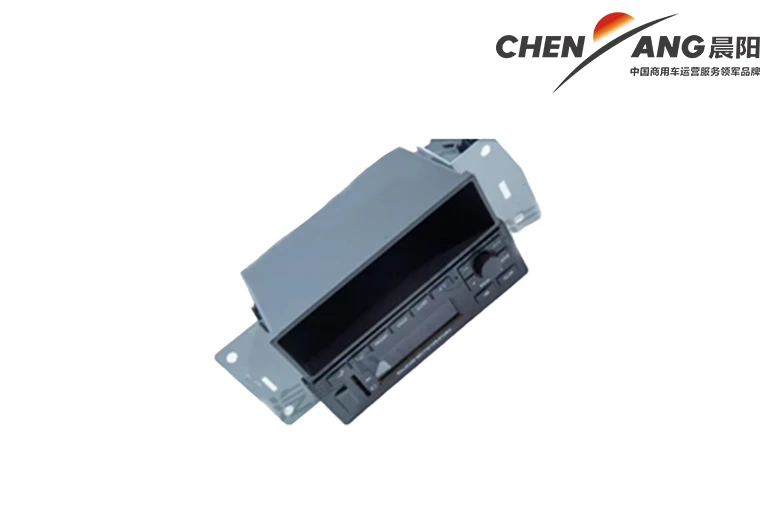Identifying and Repairing Transmission Oil Leak Issues in Your Vehicle
Understanding Transmission Oil Leaks Causes, Symptoms, and Solutions
Transmission oil, or transmission fluid, is essential for the smooth operation of your vehicle’s transmission. It lubricates the gears, provides hydraulic pressure, and helps in cooling the transmission system. However, transmission oil leaks are a common issue that can lead to serious problems if left unaddressed. In this article, we will explore the causes of transmission oil leaks, the symptoms to look out for, and the solutions available to fix this issue.
Causes of Transmission Oil Leaks
1. Worn Seals and Gaskets The most common cause of transmission oil leaks is wear and tear on seals and gaskets. Over time, these components can deteriorate due to heat and age, leading to leaks. The transmission pan gasket, for instance, is often a prime suspect when you notice fluid on the ground beneath your vehicle.
2. Damaged Transmission Pan The transmission pan is a metal container that holds the transmission fluid. It can get damaged from road debris or impact, leading to cracks or bends that result in leaks. Regular inspections can help identify a damaged transmission pan before it becomes a bigger problem.
3. Loose or Damaged Fittings Hoses and pipes that connect to the transmission can become loose or damaged over time. This can occur due to vibrations from the vehicle or corrosion. When fittings aren’t secure, transmission fluid can easily escape, leading to a noticeable leak.
4. Excessive Pressure If the transmission is experiencing excessive pressure, it can lead to leaks. This could be due to a blocked transmission filter or other internal issues. High pressure can force fluid out of seals that would typically contain it, creating unwanted leaks.
5. Wear from Normal Operation Like any other component of a vehicle, the transmission experiences wear and tear during normal operation. Over long periods, this wear can lead to failures in various parts of the transmission system, including seals and pan gaskets.
Symptoms of Transmission Oil Leaks
1. Puddles of Fluid One of the most obvious signs of a transmission oil leak is the presence of red or brown fluid puddles on the ground beneath your vehicle. This fluid typically has a sweet, oily smell. If you notice these puddles, it’s essential to investigate and address the issue promptly.
2. Slipping Gears If your vehicle struggles to shift gears or the transmission slips unexpectedly, it could indicate that there’s insufficient transmission fluid due to a leak. Low fluid levels affect lubrication and hydraulic pressure, impacting the functionality of the transmission.
transmission oil leak

3. Warning Lights Many modern vehicles are equipped with sensors that monitor fluid levels. If the transmission fluid is low due to a leak, you may see a warning light on your dashboard. Ignoring this light can lead to significant transmission damage.
4. Unusual Sounds A transmission that is low on fluid may produce unusual sounds, such as whining or clunking. These sounds often indicate that the transmission isn’t operating as it should, possibly due to a lack of lubrication or proper hydraulic pressure.
5. Overheating Transmission fluid helps to cool the transmission. If there’s a leak, the remaining fluid may become heated quickly, leading to overheating. This can cause extensive damage to the transmission if not rectified.
Solutions for Transmission Oil Leaks
1. Regular Inspections The best way to prevent transmission oil leaks is to schedule regular inspections of your vehicle. A professional mechanic can check seals, gaskets, and the transmission pan for signs of wear or damage.
2. Seal and Gasket Replacement If a worn seal or gasket is identified as the source of the leak, replacing it is often the most effective solution. This repair generally involves draining the transmission fluid, removing the old seal or gasket, and replacing it with a new one.
3. Fixing the Transmission Pan If your transmission pan is damaged, it may need to be repaired or replaced. Depending on the extent of the damage, a mechanic can either seal minor cracks or replace the entire pan if necessary.
4. Fluid Change and Filter Replacement Changing the transmission fluid and filter regularly can help prevent issues before they arise, including leaks. New fluid can help maintain proper hydraulic pressure and lubrication within the transmission.
5. Professional Diagnosis If you suspect a transmission oil leak, a professional mechanic can conduct a thorough diagnosis to pinpoint the source of the leak and recommend appropriate solutions. This ensures that the problem is appropriately addressed, preventing further damage.
In conclusion, being proactive about your vehicle’s maintenance can help prevent transmission oil leaks from becoming a severe issue. Regular checks, timely repairs, and being aware of the symptoms can keep your transmission in optimal condition and prolong the life of your vehicle. Always consult with a professional mechanic if you have doubts or concerns regarding your transmission system.
-
Hydraulic Lock Assembly for SHACMAN Truck Parts – Durable & ReliableNewsJul.28,2025
-
SINOTRUK HOWO 84 Electric Dump Truck for Eco-Friendly Heavy HaulingNewsJul.26,2025
-
The Fast 16-Gear Manual Transmission Assembly for Heavy TrucksNewsJul.25,2025
-
Mercedes Benz Actros 1848 42 Tractor Truck for Sale - Reliable PerformanceNewsJul.24,2025
-
High-Quality Water Pump Assembly for Sinotruk Trucks – Durable & ReliableNewsJul.23,2025
-
Premium Truck Engine Antifreeze Coolant Fluid for Heavy Duty VehiclesNewsJul.22,2025
Popular products

























